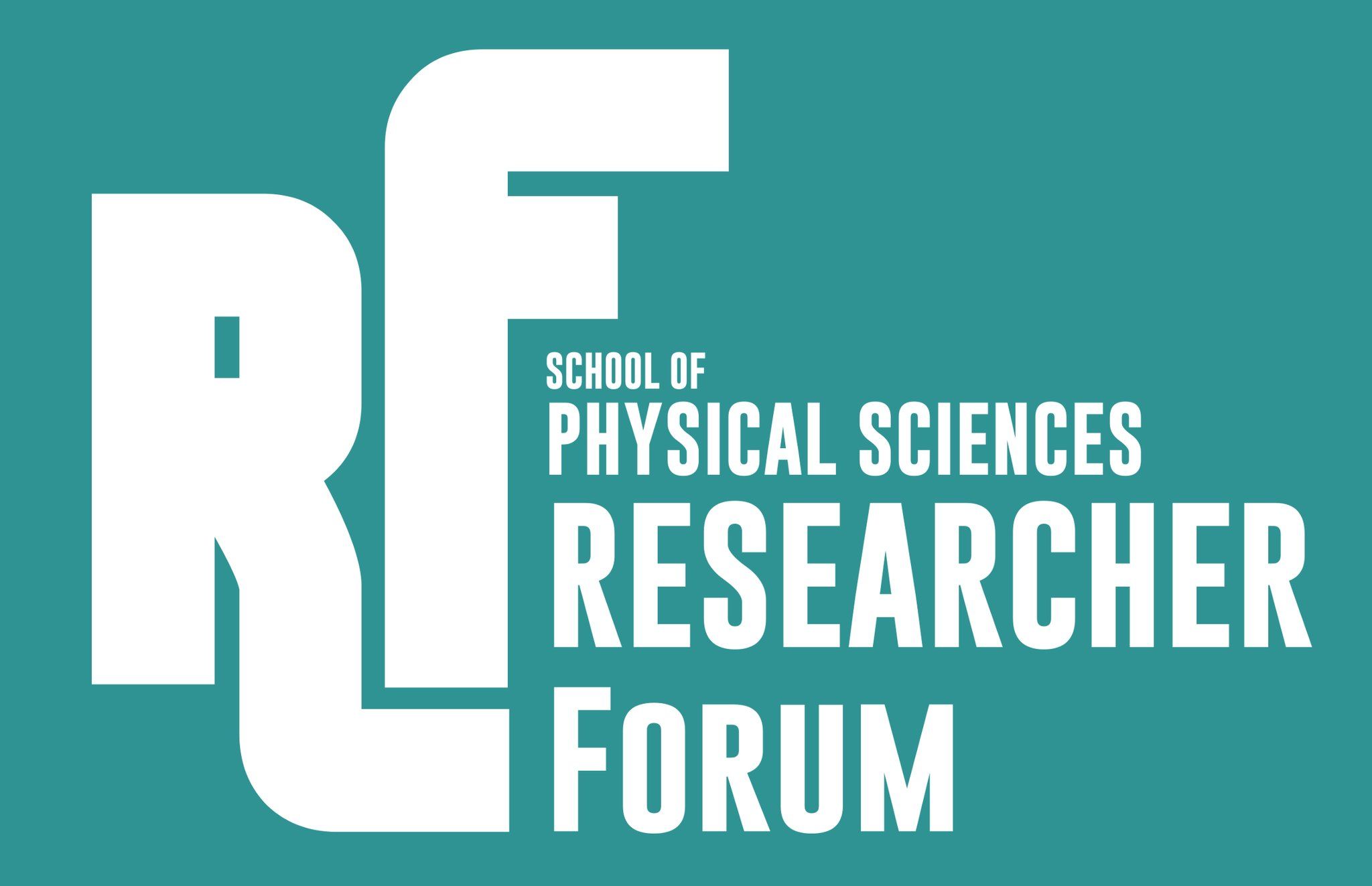Postdoctoral Development Award Winners Announced

Scope of the Award
All Post-doctoral researchers within the School of Physical Sciences were eligible to apply for the Post-doctoral Development Award 2016. The theme of this year's award - collaboration. After receiving numerous high quality applications from across the Departments of Chemistry, Physics and Mathematical Sciences, the Review Panel selected this year's winners.
Award Winners 2016
Laura Mears - Department of Chemistry
Laura's research project aims to determine whether water in the vitreous of the eye can be exchanged for heavy (deuterated) water and if this affects its properties. Experiments in the University of Liverpool will probe bulk properties, collaborating with Professor Williams (Eye and Vision Science) and Professor Poole (engineering). It will provide proof of principle data for fellowship applications to understand links between nanoscale structure and ageing and diseases of the vitreous.
Ben Slater - Department of Chemistry
Ben's proposal is a pilot scheme for LivIDEA, a hackspace and entreprise lab in the School of Physical Sciences. Ben will run a series of events over 6 months to develop a collaborative space for staff and students to work on projects and encourage their entrepreneurial skills. In addition they will be building a 3D printer, developing virtual reality (VR) environments, learning to use Arduino microcontrollers and using these skills to enable projects within Physical Sciences and beyond. For more information: http://www.hipy.uk/idea/.
Stewart Haslinger - Department of Mathematical Sciences
Stewart's project 'Experiments in active cloaking for thin structured plates' will focus on the experimental validation of mathematical models for the method of "active cloaking" of so-called flexural (also known as bending) waves in thin plate structures. There are numerous potential applications in engineering, since many systems may be modelled by plates, including aircraft wings, buildings and bridges. The capability to cloak (technically, the elimination and control of scattering by objects, thereby rendering them “invisible”) is a relatively new branch of wave physics, and the field of research is growing rapidly, spreading out from its origins in electromagnetism and acoustics.